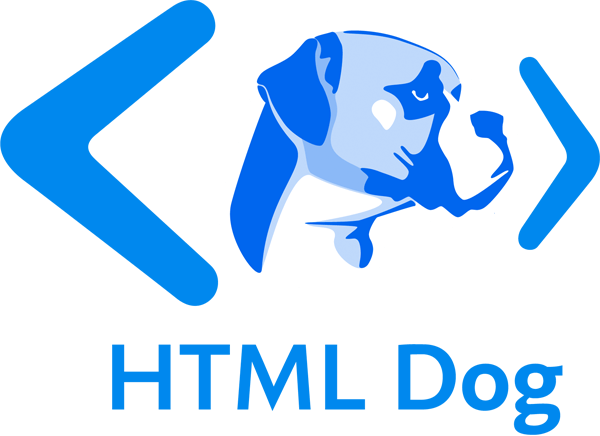Universal, Child, and Adjacent Selectors
In earlier tutorials, we have covered HTML selectors, Class and ID selectors, and how to combine selectors to target specific element boxes. With the use of three itty-bitty characters, you can further pinpoint an element, reducing the need to bloat your HTML with class and ID attributes.
Universal selectors
Using an asterisk (“ * ”), you can target everything under the sun. You can use it by itself to set global styles for a page, or as a descendant of a selector to set styles of everything within something.
The following, for example, will set the margin and padding on everything in a page to zero and everything within an element with the ID “contact” to be displayed as a block:
* {
margin: 0;
padding: 0;
}
#contact * {
display: block;
}
Child selectors
A greater-than symbol (“>”) can be used to specify something that is a child of something else, that is, something immediately nested within something.
So, with this HTML…
<ul id="genus_examples">
<li>Cats
<ul>
<li>Panthera</li>
<li>Felis</li>
<li>Neofelis</li>
</ul>
</li>
<li>Apes
<ul>
<li>Pongo</li>
<li>Pan</li>
<li>Homo</li>
</ul>
</li>
</ul>
…and the following CSS…
#genus_examples > li { border: 1px solid red }
…a red border would be drawn around “Cats” and “Apes” only, rather than around every single list item (which would be the case with #genus_examples li { border: 1px solid red }). This is because the likes of “Panthera” and “Felis” are grandchildren of “genus_examples”, not children.
Adjacent selectors
A plus sign (“+”) is used to target an adjacent sibling of an element, essentially, something immediately following something.
With the following HTML:
<h1>Clouded leopards</h1>
<p>Clouded leopards are cats that belong to the genus Neofelis.</p>
<p>There are two extant species: Neofelis nebulosa and Neofelis diardi.</p>
…and CSS…
h1 + p { font-weight: bold }
Only the first paragraph, that following the heading, will be made bold.
